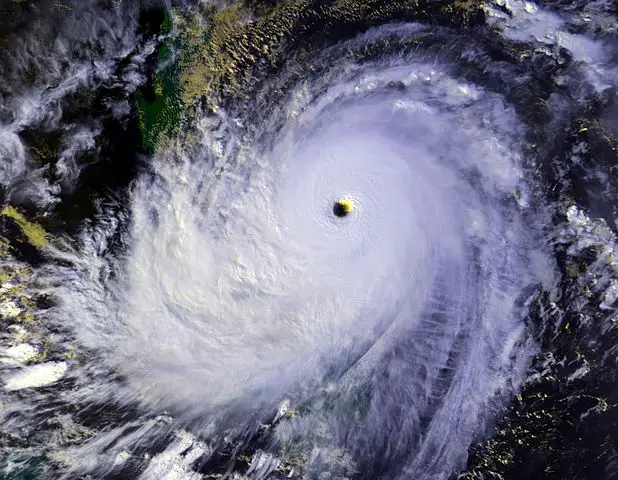
Why is Cyclone named Laila?
The Cyclones that arise from Indian Ocean are given name by various countries like India, Bangladesh, Pakistan, the Maldives, Myanmar, Oman and Thailand. The rules and process of naming the cyclones was provided by the World Mateorological Organization (WMO) and the United Nations Economic and Social Commission for Asia and the Pacific (ESCAP). The above mentioned countries have proposed 64 names for the cyclones. This name of the cyclone that arose from Bay of Bengal was set by Pakistan. The cyclones that originate from Indian Ocean are named based on the suggestions taken from ESCAP and WMO in 2000. Until now 64 cyclones were named. These eight Indian Ocean countries name the cyclones one by one. The previous names of the cyclones named by various countries were Nargis named by Pakistan, Rashmi by Sri Lanka, Khai-Muk by Thailand, Nisha by Bangladesh, Bijli by India, Aila by Maldives, Phyan by Myanmar, and Ward by Oman. This new method of naming cyclones was begun by Australian meteorologist Clement Wragge.
According to the naming process cycle, the name Laila was set by Pakistan. Out of the 64 names suggested by the different countries, 22 were already used. The name ‘Bandhu, is suggested by Sri Lanka. The North Indian Ocean tropical duration spans from May till November. Nargis was the first cyclone in this season. Before the WMO and ESCAP organizations have come forward to formulate rules of naming the cyclones, it was started way back in 20th century. In 20th century an Australian prediction maker named the cyclones in the name of the politicians which he did not like. Later the United States weather office started naming the cyclones from 1953. There after the naming trend began in India and other countries from 2004.
The Laila cyclone has started shaking the Andhra Pradesh, India in May2010 when it had resulted in the rainfall of 25 cm accompanied by 65 to 70 kmph winds.












Leave a Reply